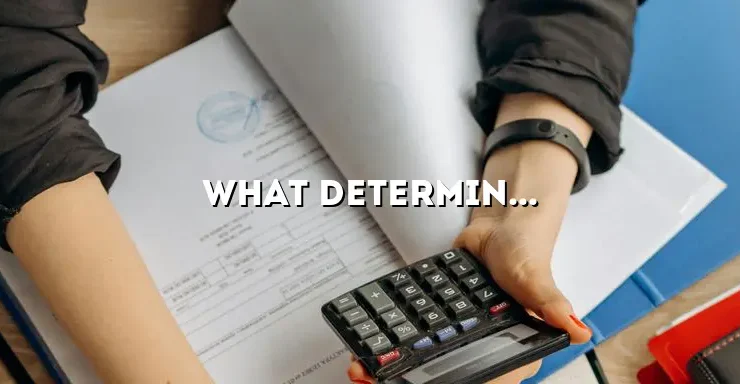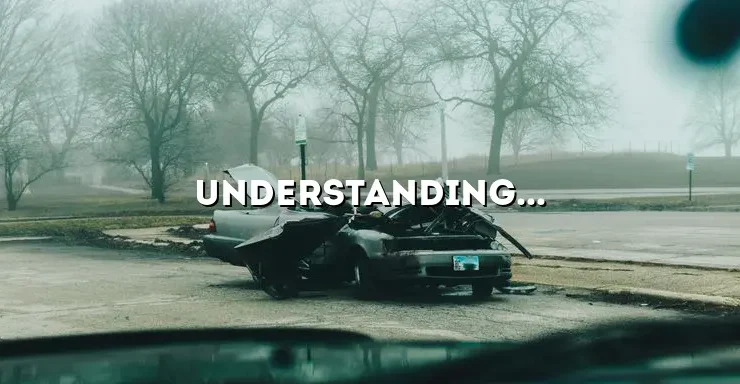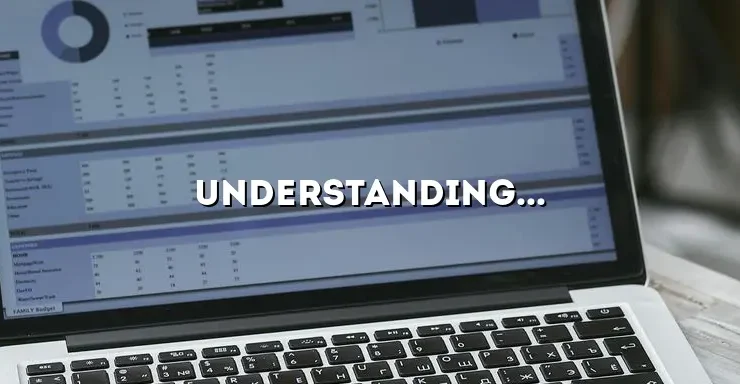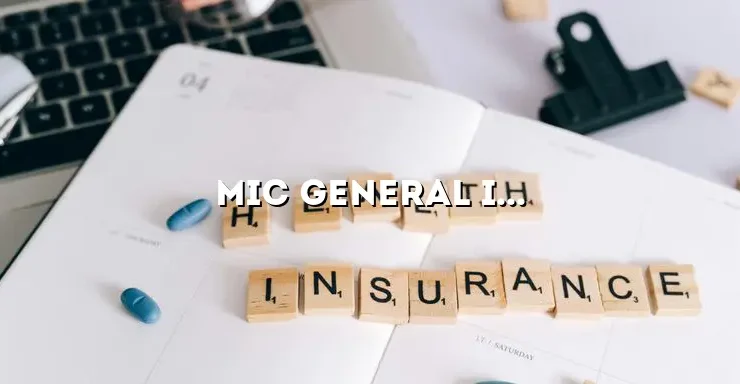
When purchasing a vehicle, whether from a dealership or a private seller, it is crucial to have the right insurance coverage in place. One type of insurance that can be particularly beneficial is gap insurance. This article will delve into the specifics of gap insurance at CarMax, explaining what it is, how it works, and why it is essential for car buyers.
Gap insurance, also known as guaranteed asset protection insurance, is designed to bridge the gap between the actual cash value of a vehicle and the amount owed on a car loan. In the event of an accident or theft where the vehicle is declared a total loss, traditional auto insurance policies typically only cover the actual cash value of the car at the time of the incident. However, this amount may be significantly lower than the outstanding balance on the car loan. This is where gap insurance comes into play, protecting car owners from potential financial hardships.
What is Gap Insurance?
Understanding the Coverage Gap
When a car is purchased using financing, there is often a gap between what the car is worth and the amount owed on the loan. This gap arises due to the depreciation of the vehicle’s value over time. Gap insurance is designed to cover this difference, ensuring that car owners do not have to bear the burden of paying off a loan for a car they no longer possess.
The Purpose of Gap Insurance
The primary purpose of gap insurance is to protect car owners from potential financial loss in the event of a total loss incident. Total loss incidents can include accidents, thefts, or natural disasters where the vehicle is deemed beyond repair or unrecoverable. Without gap insurance, car owners may find themselves responsible for paying off the remaining balance on their car loan, even if the vehicle is no longer drivable or has been stolen.
Gap Insurance at CarMax: An Overview
CarMax, a reputable car dealership known for its wide selection of vehicles, offers gap insurance to its customers. When buying a car from CarMax, it is important to understand how their gap insurance works and the specific benefits it provides.
How Does Gap Insurance Work at CarMax?
Obtaining Gap Insurance at CarMax
When purchasing a car from CarMax, customers have the option to add gap insurance to their financing package. The cost of gap insurance is typically included in the overall financing agreement, spreading the premium cost over the loan term. This allows car buyers to enjoy the benefits of gap insurance without having to make a separate payment.
Coverage Details and Benefits
CarMax’s gap insurance coverage is designed to bridge the gap between the actual cash value of the vehicle and the outstanding loan balance. In the event of a total loss, CarMax’s gap insurance will cover the difference, ensuring that car owners are not left with the burden of paying off a loan for a vehicle they no longer possess.
One of the key benefits of CarMax’s gap insurance is that it covers not only the outstanding loan balance but also certain additional expenses related to the total loss incident. These expenses may include insurance deductibles, unpaid lease or loan payments, and even the cost of a replacement vehicle if the total loss occurred within a specified timeframe.
The Benefits of Gap Insurance at CarMax
Peace of Mind and Financial Protection
Having gap insurance at CarMax provides car buyers with peace of mind, knowing that they are financially protected in the event of a total loss incident. It eliminates the worry of being responsible for paying off a loan for a vehicle they no longer have, allowing them to focus on moving forward and finding a suitable replacement.
Potential Savings in the Long Run
While adding gap insurance to the financing package may increase the overall cost of the loan, it can potentially save car owners from significant financial burdens down the line. Without gap insurance, car owners may find themselves facing substantial out-of-pocket expenses to settle the remaining loan balance after a total loss incident. Gap insurance at CarMax helps mitigate this risk and can potentially save car owners from financial strain.
Is Gap Insurance Necessary at CarMax?
Evaluating Your Circumstances
Whether or not gap insurance is necessary when buying a car from CarMax depends on various factors. Car buyers should carefully evaluate their individual circumstances, such as the amount financed, the potential depreciation of the vehicle’s value, and their ability to cover any potential gaps in the event of a total loss incident.
Considering the Risks
It is important to consider the risks associated with not having gap insurance. Without this coverage, car owners may face significant financial consequences if their vehicle is declared a total loss. Assessing the potential risks and the financial impact of such an incident can help car buyers make an informed decision regarding the necessity of gap insurance at CarMax.
Understanding the Cost of Gap Insurance at CarMax
Determining Factors
The cost of gap insurance at CarMax varies depending on several factors. These may include the price of the vehicle, the loan term, the amount financed, and the deductible chosen. CarMax’s financing team can provide detailed information regarding the cost of gap insurance for a specific vehicle purchase.
Spreading the Cost
To make the cost of gap insurance more manageable, CarMax typically includes it in the overall financing agreement. This spreads the premium cost over the loan term, allowing car buyers to include gap insurance as part of their monthly payments.
Alternatives to Gap Insurance at CarMax
Loan/Lease Payoff Coverage
One alternative to gap insurance is loan/lease payoff coverage. This type of coverage is offered by some insurance companies and works similarly to gap insurance. It covers the difference between the actual cash value of a vehicle and the outstanding loan or lease balance in the event of a total loss incident.
Choosing a Vehicle with a Lower Loan-to-Value Ratio
Another alternative to consider is purchasing a vehicle with a lower loan-to-value (LTV) ratio. The LTV ratio represents the percentage of the vehicle’s value that is being financed. By choosing a vehicle with a lower LTV ratio, car buyers can reduce the potential gap between the car’s value and the loan balance, minimizing the need for gap insurance.
Making an Informed Decision: Gap Insurance at CarMax
Educating Yourself
Before making a decision on gap insurance at CarMax, it is crucial to educate yourself on the coverage, benefits, and potential risks. Understanding how gap insurance works and evaluating your individual circumstances will help you make an informed decision that aligns with your needs and financial situation.
Consulting with Insurance Professionals
Consulting with insurance professionals, such as CarMax’s financing team or independent insurance agents, can provide valuable insights and guidance when deciding whether to purchase gap insurance. These professionals can provide personalized advice based on your specific circumstances and help you make the best choice for your insurance needs.
Weighing the Costs and Benefits
Ultimately, the decision to purchase gap insurance at CarMax should be based on a careful consideration of the costs and benefits. Analyze the potential financial risks, the cost of the coverage, and the peace of mind it provides. By weighing these factors, you can make a well-informed decision that suits your individual circumstances and preferences.
In conclusion, understanding the intricacies of gap insurance at CarMax is crucial for anyone purchasing a vehicle from the renowned dealership. By providing financial protection and bridging the gap between the car’s actual cash value and the outstanding loan amount, gap insurance can offer peace of mind and safeguard against potential financial hardships. However, car buyers should carefully evaluate their individual circumstances, consider alternatives, and assess the cost of gap insurance to make an informed decision that best suits their needs. With the right insurance coverage in place, CarMax customers can embark on their car ownership journey with confidence.






